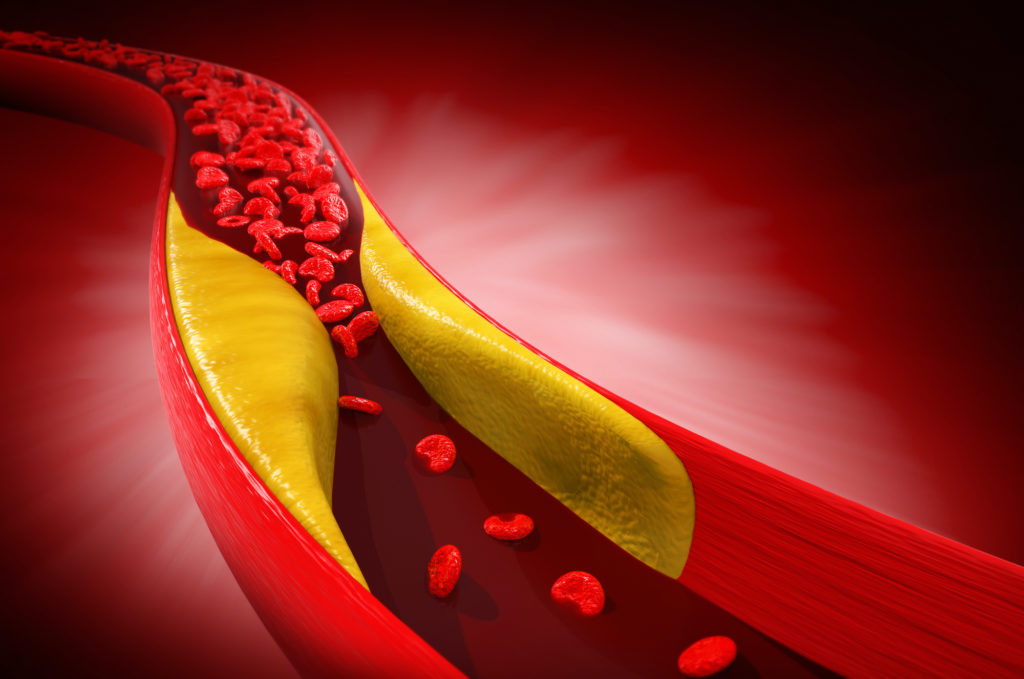Portion Control & Incorporating Vegetables and Vegetable Fats into Diets
Cholesterol is a waxy substance naturally occurring both in our bodies and in food. Our bodies normally make all the cholesterol we need, so the add-on of specific food and lifestyle choices builds up in your arteries, narrowing them and posing a heart disease and stroke threat. Because high cholesterol has no symptoms, it goes undetected and unmanaged for many people at home and worldwide.
The latest impact figures of high cholesterol in the US are as follows:
- 93 million adults (starting at 20 years old) have levels above 200 mg/dL, which is the recommended risk frontier. Since the last nationwide reading in 2013, there has been an improvement, with numbers dropping from 102 million.
- Almost 29 million adult Americans (same as above) have levels above 240 mg/dL, which places them at immediate risk. That’s over 12% of the adult population.
- 55%, or 43 million, or more than half of Americans qualifying for cholesterol medicine currently take it.
Diet v Meds
It is well established fact that a good portion of high cholesterol patients will improve or substantially improve their situation by simply monitoring their diets closely. The basic idea is to introduce a plant-based diet, meaning vegetables and whole grains, which increases fiber and reduces the intake of saturated fat. Vegetables that are high in pectin, a substance that has proven to reduce cholesterol levels and which is present in fruits such as oranges and apples, include potatoes, eggplants, okra, and carrots. Introduce also vegetable mono and polyunsaturated vegetable fats, such as avocados, olive oil (a godsend), nuts, and seeds.
Mediterranean diets have been at the epicenter when guiding people towards a well-rounded, healthy yet savory meal plan. For example, a pescatarian diet, deriving more of your protein intake from fish (sea meat) and reducing the intake of red meat (land meat). For the latter, the latest studies show that reducing red meat consumption sees a 14% reduction in cardiovascular mortality over a 4-26-year period. Don’t make it strictly vegan —you can if you want to— if you don’t want to miss out on the goodies reserved by dairy and fish, but do be aware that egg yolk and shrimp are high cholesterol inducers, so steer away from those as much as possible. The idea is also fewer carbs, not zero carbs (ketogenic diet), which might spike the LDL cholesterol level in normal weight individuals with high cholesterol.
The careful study of portion control has also seen great advancement in the last decade. Eating supersized portions is a sure way to gain weight and increase cholesterol. The easiest method for maintaining portion control found to date is the use of your own hand as a measuring yardstick.
One handful = One portion
Sources:
https://www.cdc.gov/cholesterol/cholesterol_education_month.htm


